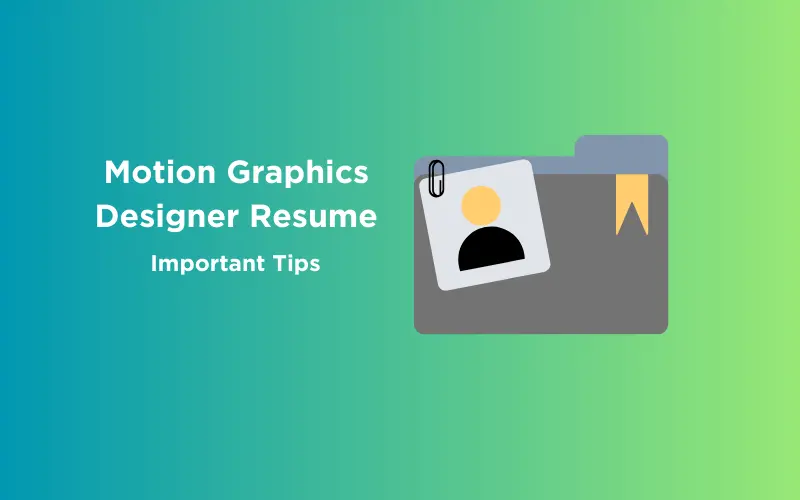
Motion Graphics Designer Resume: 13 Important Tips to Make it Outstanding
Jul 15, 2025 3 Min Read 4576 Views
(Last Updated)
The world of motion graphics designing is all about innovation and creativity. Having a professional motion graphics designer resume helps you land jobs much quicker.
It is also important to note that you aren’t supposed to write anything you want in that. Employers spend little time reading a resume. So, it is mandatory for you to add only the things that matter.
In this article, you are going to learn how to make a professional motion graphics designer resume and what are the things that should be added. So, without further ado, let’s get started.
Table of contents
- Best Motion Graphics Designer Resume Guide
- Contact Information
- Resume Summary or Objective
- Skills
- Professional Experience
- Portfolio
- Education
- Certifications or Training
- Awards and Honors
- Software Proficiency
- Personal Projects
- Keywords and Tailoring
- Design Elements
- Additional Sections (Optional):
- A Professional Motion Graphics Designer Resume Example:
- Conclusion
- FAQ
- What should I include in my motion graphics resume?
- How can I make my motion graphics resume stand out?
- What is the difference between a motion graphics designer and a video editor?
- What industries hire motion graphics designers?
- What is the future of motion graphics in the creative industry?
Best Motion Graphics Designer Resume Guide
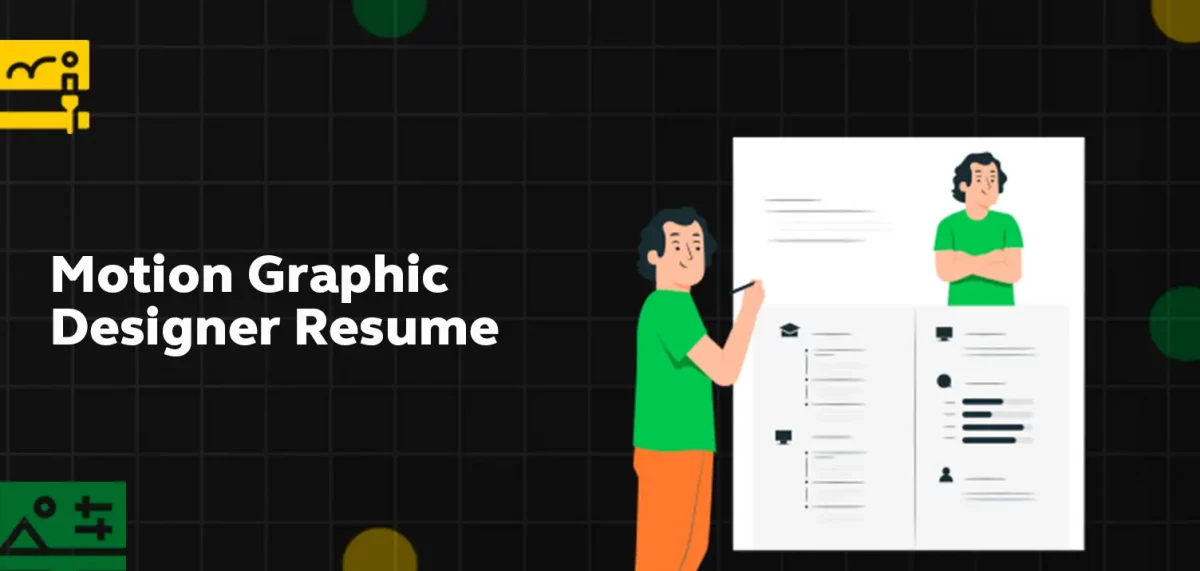
When you are a motion graphics designer, it is important to have a compelling motion graphics designer resume to attract clients as well as employers. There are a lot of product-based companies who are in search of motion graphics designers and if you have an apt resume, you will ace that.
This section holds the information to build a professional motion graphics designer resume so read it till the last to gain insight into it.
The things to be included in a professional motion graphics designer resume are:
1. Contact Information
At the very top of your motion graphics designer resume, include your full name, phone number, email address, and current location which should typically include your city and state. Ensure that your contact information is up to date and easily accessible. Make sure this information is accurate and professional.
2. Resume Summary or Objective
Start this section with a well-written summary or objective statement that briefly introduces you as a motion graphics designer. This should convey your unique selling points, such as your design style and passion for creating compelling visuals. Describe it well as the more creative you can get, the more you pique the interest of the employer or client.
3. Skills
Know about the skills required for motion graphics designing and create a dedicated section for your key skills. This is where you can highlight your technical abilities, software proficiency (e.g., Adobe After Effects, Cinema 4D), and soft skills like creativity, attention to detail, and problem-solving.
4. Professional Experience
List your work experience in reverse chronological order, starting with your most recent job. For each position, include the job title, company name, location, and the dates of your employment. Elaborate on your accomplishments and responsibilities using action verbs to demonstrate your impact. Explain how you used your motion graphics skills to contribute to projects, whether they were for video games, advertisements, or social media content.
5. Portfolio
Provide a link to your online portfolio or attach a separate document showcasing your best work. Highlight a diverse range of projects that display your ability to create engaging motion graphics, animations, and visual effects.
6. Education
Include details about your educational background, such as your degree, the school’s name, location, and your graduation date. You can also mention relevant coursework or any academic honors you’ve received.
7. Certifications or Training
It is important for you to acquire a motion graphics design certification from a professional organization in order to outstand the competitive crowd, for that, create a section in your motion graphics designer resume to highlight these qualifications. Mention the certification name, issuing organization, and date of completion.
8. Awards and Honors
If you’ve been recognized for your work through awards or honors, be sure to include this information in your motion graphics designer resume. Try to describe the nature of the award and the context in which it was received.
9. Software Proficiency
List the software tools you are proficient in, including your expertise in Adobe software like Adobe After Effects, Adobe Premiere Pro, and other relevant software.
10. Personal Projects
If you’ve worked on personal projects that demonstrate your creativity and skills, consider including them in your motion graphics designer resume. Personal projects can reveal your passion and initiative.
11. Keywords and Tailoring
Customize your resume for each job application by incorporating keywords from the job posting. This helps ensure your resume is optimized for Applicant Tracking Systems (ATS).
12. Design Elements
Given your profession as a motion graphics designer, the visual design of your resume is the most important. Use a consistent color scheme, fonts, and layout that reflect your design aesthetics and creativity. Make sure it’s visually appealing and easy to read.
13. Additional Sections (Optional):
Depending on your background and experiences, you can include additional sections such as languages spoken, memberships in professional organizations, or volunteer work, provided they enhance your qualifications.
Incorporating all these elements into your motion graphics designer resume will help you present a comprehensive and compelling picture of your skills, experiences, and suitability for the position you’re applying for.
A Professional Motion Graphics Designer Resume Example:
Now, that we have talked about the important elements, let’s have a look at a professional motion graphics designer engineer resume example to make you understand better:
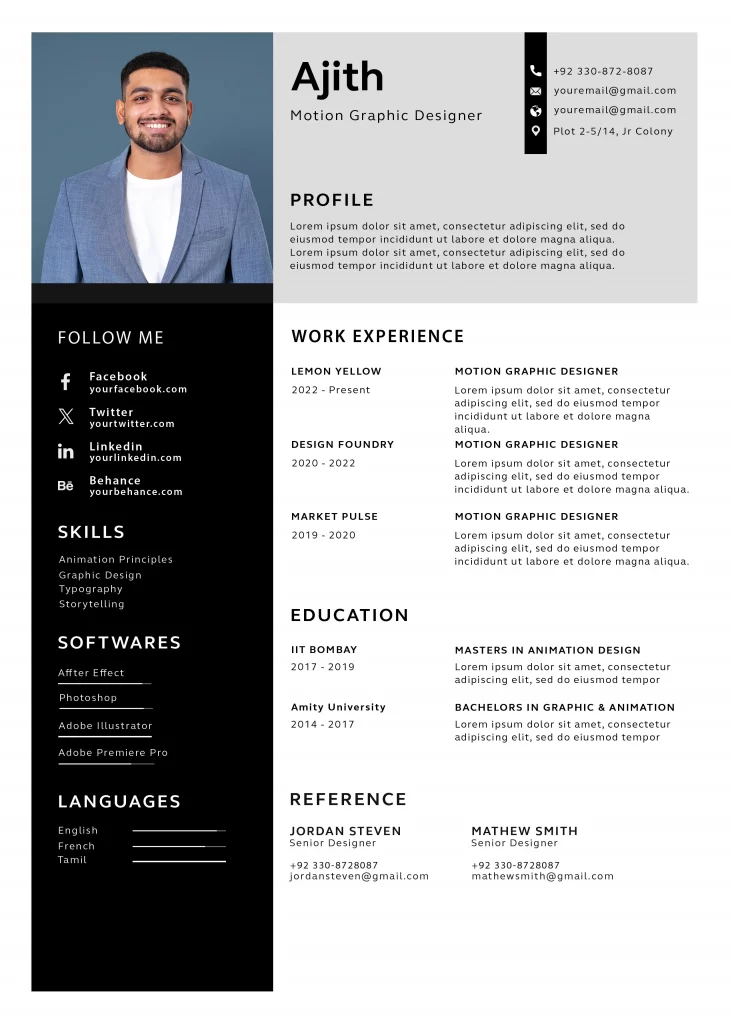
Conclusion
In conclusion, building an impressive motion graphics designer resume is a vital step in securing your dream job in the competitive world of motion graphics. Your resume serves as your first opportunity to captivate potential employers, demonstrating not only your technical prowess but also your creative vision and unique style.
By following the guidelines listed in this article, you’ll be well-equipped to showcase your skills, experiences, and achievements effectively. Tailoring your resume for each application, showcasing a captivating portfolio, and maintaining a visually appealing design will undoubtedly set you on the path to success as a motion graphics designer.
Your motion graphics designer resume is not just a document; it’s your canvas to illustrate your journey and aspirations in the world of motion graphics. Make it memorable and let your creativity shine.
Also Explore: The Scope of Motion Graphics in 2023
FAQ
Your resume should feature contact information, a summary, skills, work experience, portfolio, education, certifications, software proficiency, and awards.
Use a visually appealing design, include a link to your portfolio, tailor your resume for each application, and highlight relevant skills and achievements.
A motion graphics designer focuses on creating animated graphics and visual effects, while a video editor primarily works on assembling and editing video footage.
Motion graphics designers are in demand in various sectors, including advertising, film, television, gaming, e-learning, and marketing.
The future of motion graphics is bright, with increasing demand for video content across various platforms. It will continue to evolve and adapt to new technologies and trends, offering a dynamic and exciting career path.









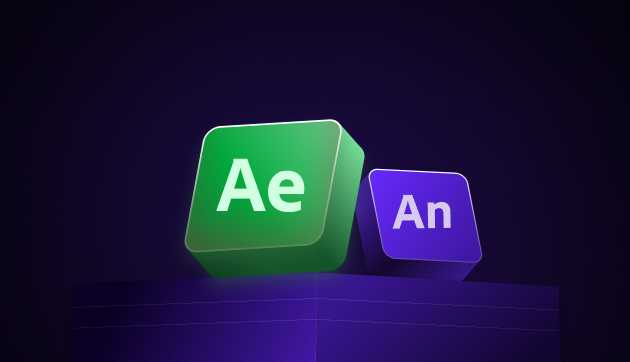
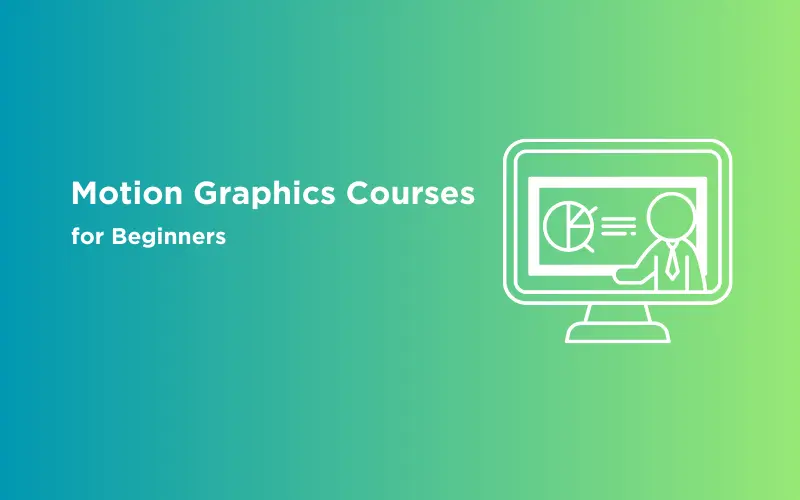
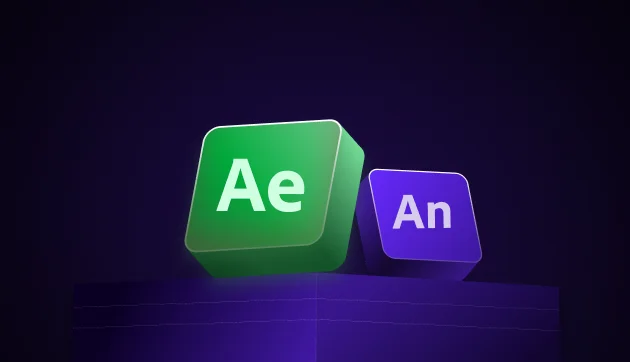
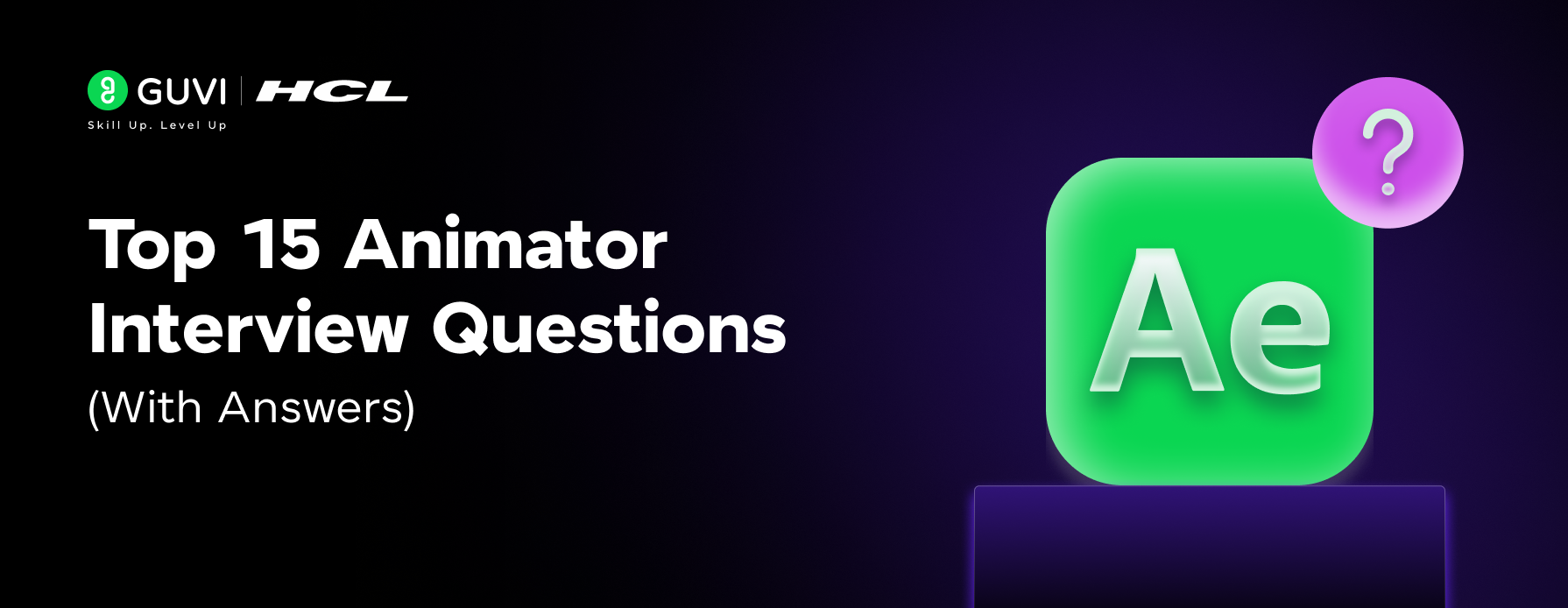
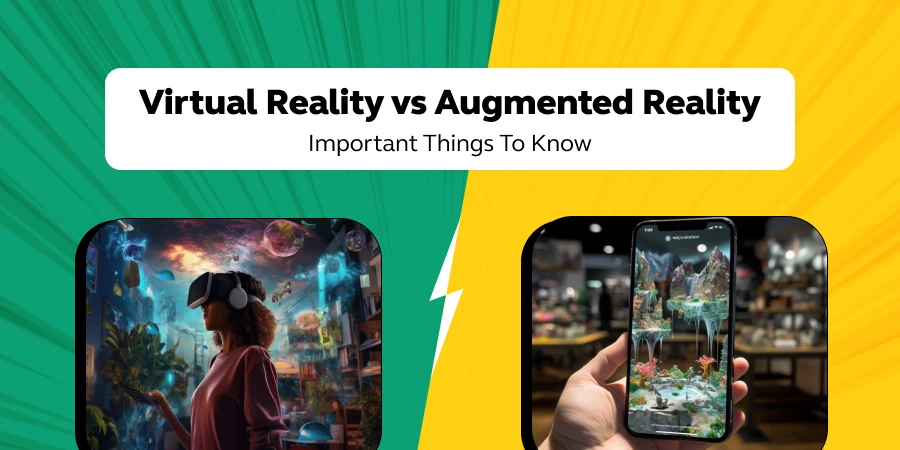
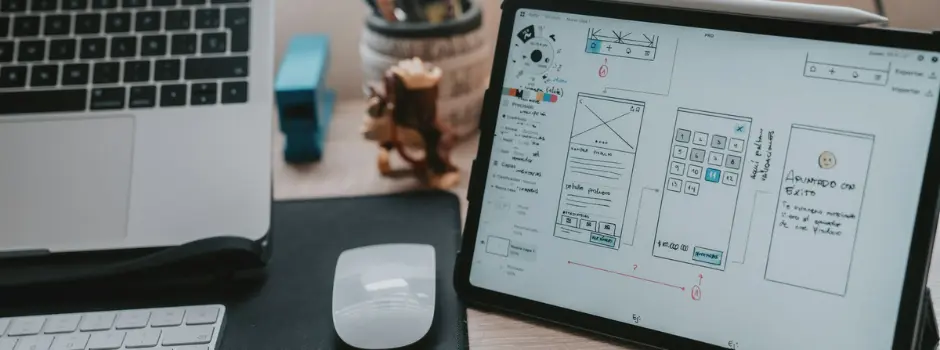

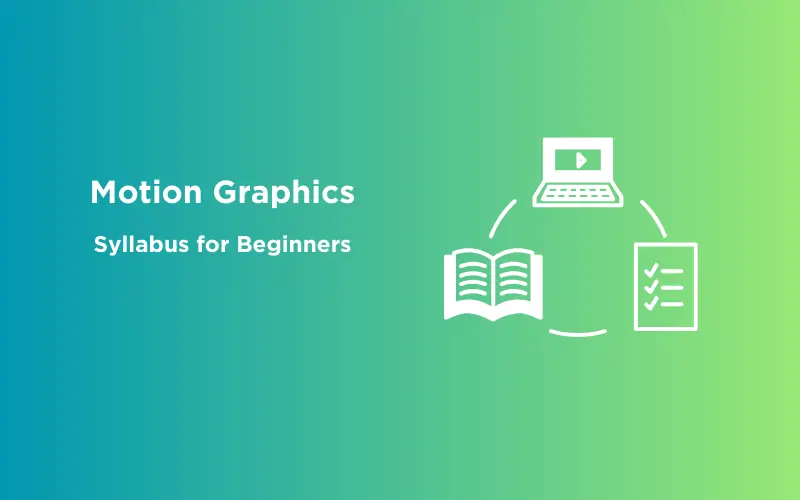
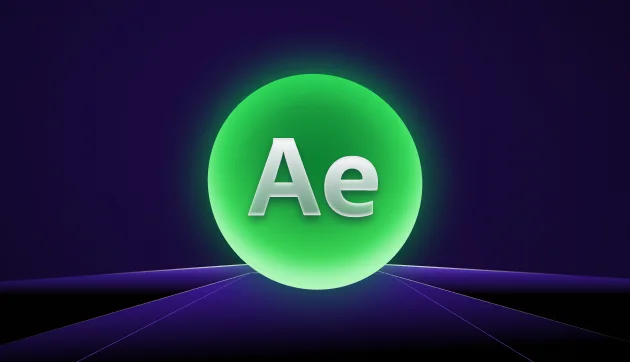

Did you enjoy this article?